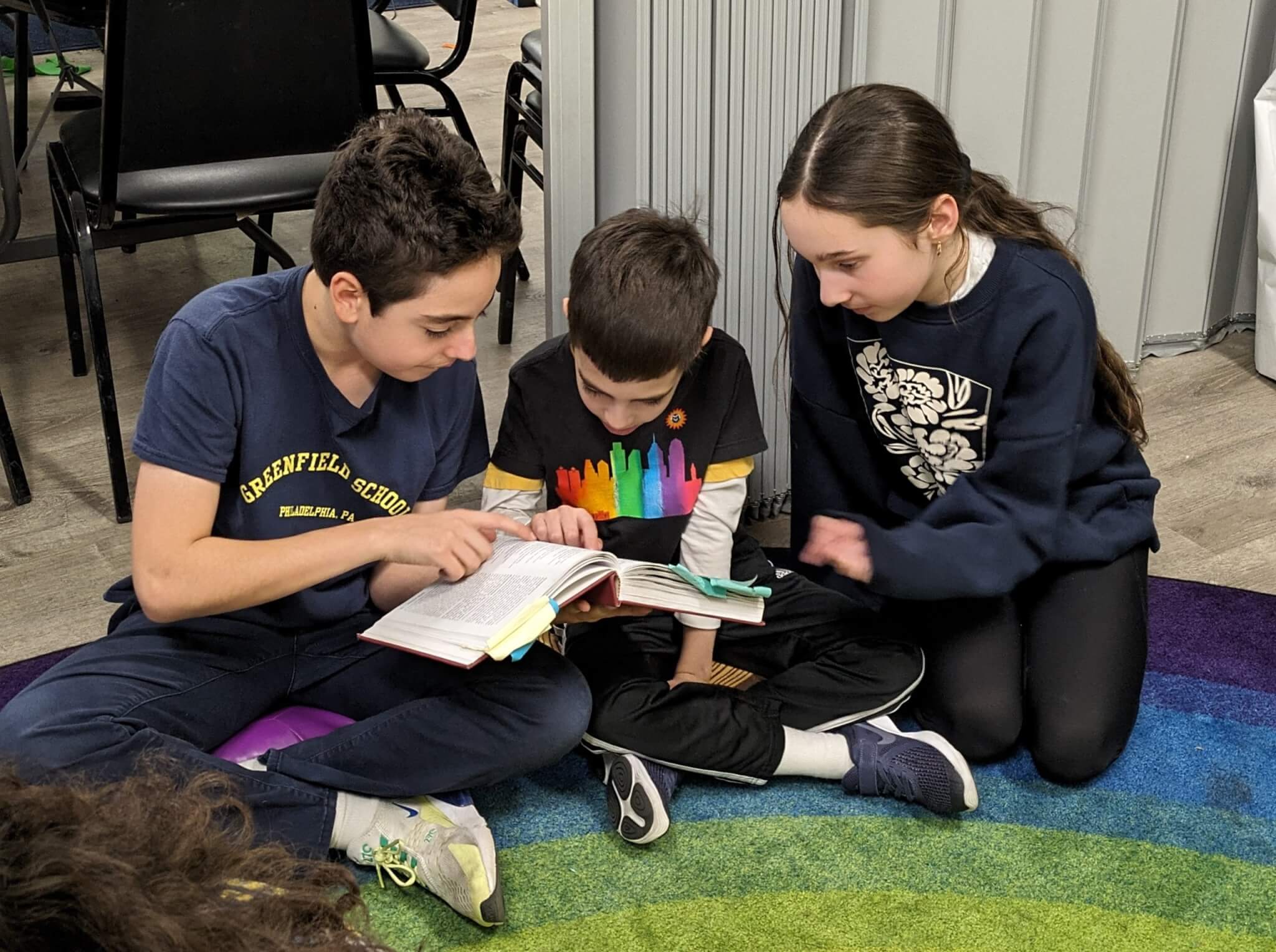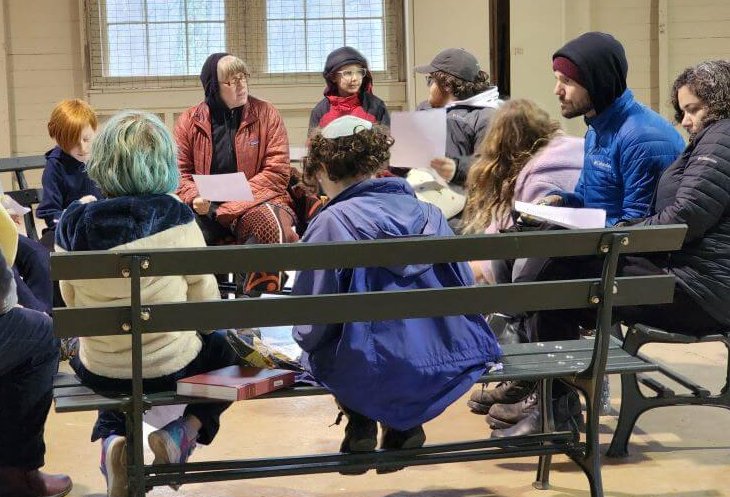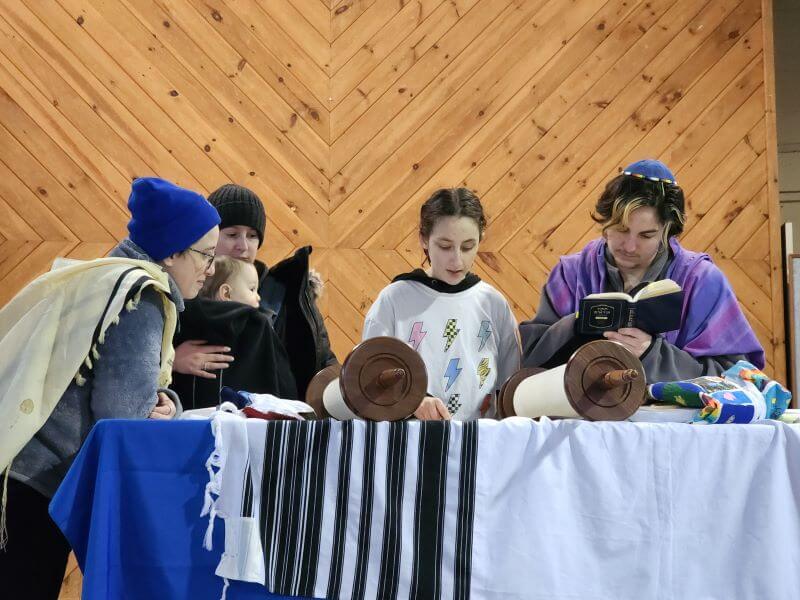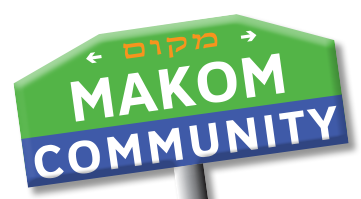
There is a teaching philosophy that I come across fairly often: be the teacher you needed when you were younger. As Anafim (5th-7th grade) educator, I’ve found myself immensely privileged to continuously have conversations with these kids and impart knowledge that would have been invaluable to me as a learner in their place. Nothing solidified this more for me than seeing these learners’ hard work culminate in the Torah Service they led at the Family Retreat this month.

As someone who wasn’t given the option to learn how to read or chant Torah, I see the immense value it holds in paving the way for my learners to become well-equipped Jewish adults. To interpret Torah is a freedom in itself, but to be able to familiarize yourself with the words, to perform them the way they were intended to be heard and in doing so, taking part in a centuries-old tradition of sharing wisdom for one’s community is something else entirely. The Anafim learners recognize this as a responsibility and they don’t take it for granted. They showed this to me each day of Jewish Enrichment when they’d focus on their assigned portions, and after sitting with the text for some time, would come to me to present their progress with unfettered eagerness. There is a joy that comes from connecting with something older and more expansive than you; an inherited tradition with spiritual significance. The Anafim learners took this on with care and intentionality and I watched them ease into what this new skill afforded them at the retreat.
Makom’s Family Retreat creates an opportunity for families, kids, and educators to gather together as a community outside the walls and context of our Lab School. It invites us to consider how we sustain community in a new space with a new routine. It invites us to take what we cherish, know, and value and apply ourselves within the beauty and seclusion of semi-rural Pennsylvania.

This year, nature had plans of its own, as most of the weekend was rainy and gray. We gathered our layers, blankets, and hand warmers and assembled in the cold and acoustic pavilion for Saturday morning Tefilah. Nitzanim (3rd-4th grade) and Anafim kiddos had diligently prepared to lead the service and read from the Torah for the occasion. Even in the cold, brisk air that filled the hall, the kids were able to lead us in a rousing, energetic service that generated a warmth of its own. Then when it came time for the Anafim to read Torah, the nerves that were apparent at our first Anafim Torah reading were absent. Instead, the kids had a newfound confidence and self-assurance that seemed to refresh everyone present. They showed stunning readiness and everyone was so engrossed in their delivery that the room was quite literally silent aside from their voices echoing throughout the chamber.
In the text that we read at the retreat, Parashat Ki Tisa, Moshe, acting leader of Bnei Yisrael (the Jewish people), descends from Mount Sinai with a supernatural radiance that is overwhelming for the people to look at. Moshe resolves to wear a veil when he’s with the people and keeps it off when he convenes with God. This intentional approach to vulnerability and sharing one’s authentic self was something that the kids had a lot of feelings about when we discussed it in our text study. We were left with many questions, but primarily, the kids didn’t resonate with the idea of choosing when to be authentic. I strive to create a classroom environment where everyone is invited and has space to be entirely themselves. Watching the kids read in the vast and cold room surrounded by people who care for them, I saw them summon this same energy. They were sure of themselves, they felt secure and they eased into what it means for each of them to read Torah, as opposed to preconceived expectations.

It’s affirming to have been a part of this journey of theirs. To witness them take on this task with such intentionality and stewardship, to watch them settle into this skill with surety. Nothing compares to being able to equip learners with tools that can further their spiritual growth for the rest of their lives. I may not have had the opportunity to do the same at their age but no words can encapsulate the fulfillment that comes from being able to do so for others.
